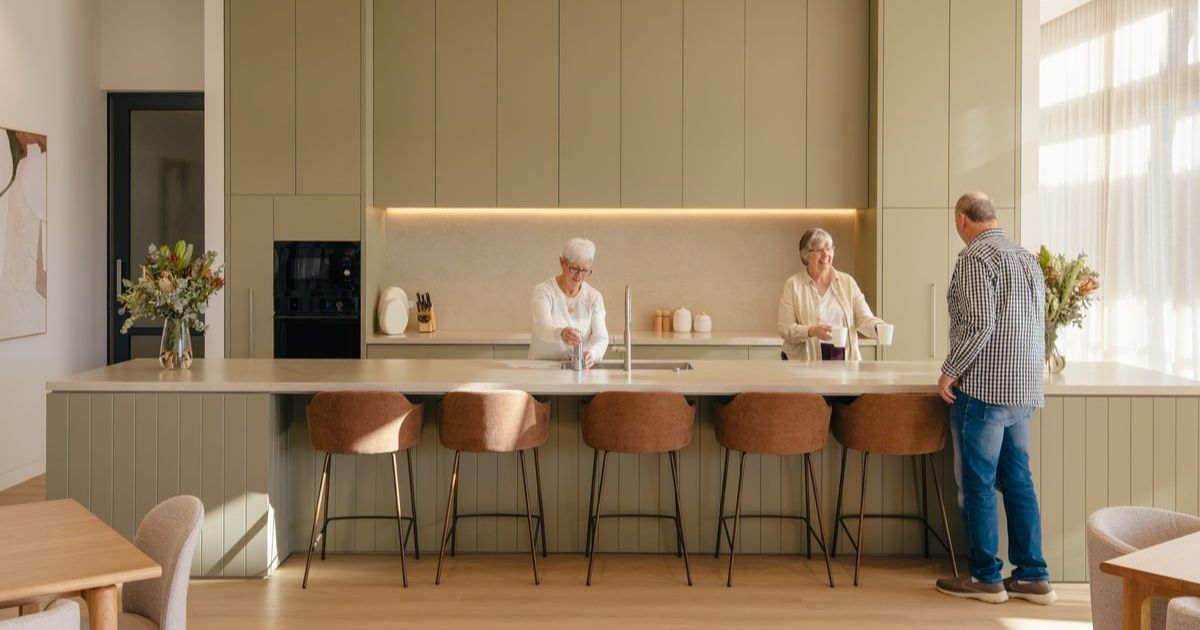Trial to improve health of Anglesea River delayed

The berm grooming trial will now take place at the next available opportunity when conditions are favourable, the estuary water levels are low, and contractors are available. Photo: CORANGAMITE CMA
A TRIAL aimed at preventing a decline in the health of the Anglesea River by reducing the height of the natural bank of sand, or berm, between the estuary and the ocean was expected to start earlier this month but has been delayed.
The trial will now take place at the next available opportunity when conditions are favourable, the estuary water levels are low, and contractors are available.
It is understood two representatives from the Wadawurrung Traditional Owners Aboriginal Corporation must be on-site for works to begin, but Corangamite Catchment Management Authority (CMA), which is running the trial, was unable to arrange this during the scheduled trial period between March 31 and April 2.
Corangamite CMA did not directly respond to questions from this masthead about what led to the trial’s postponement or if the necessary arrangements had been made ahead of time.
“The Anglesea River experiences periods of acidic conditions due to the activation of acid sulphate soils above Coogoorah Park, [a part of the lower estuary],” a spokesperson said.
“The issues present in the Anglesea River and estuary are complex and unfortunately there is no quick fix or single solution.”
The Corangamite CMA spokesperson said berm grooming had been identified by the Anglesea River advisory group as a method that might be effective in increasing water levels in the estuary and preventing further activation of these acid sulphate soils.
During the trial, an excavator, which was photographed on-site on March 31 before the trial’s delay was confirmed, will reduce the height of the berm between the estuary and ocean to a level that will enable sea water to enter the estuary at high tide.
In addition to the trial, the spokesperson confirmed the organisation is also conducting a soil analysis project in Coogoorah Park “to determine how low water levels in the estuary can go and for how long without triggering acid activation of soils in the system”.
If the berm grooming trial is deemed effective and the soil project shows a risk of further acid sulphate soil activation at low water levels, berm grooming will be considered as a method to raise water levels in Coogoorah Park.

















